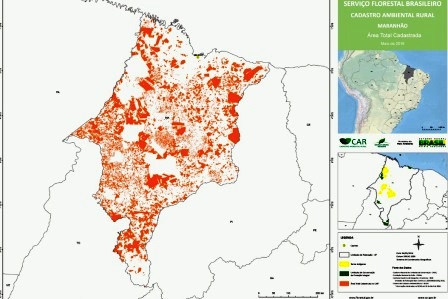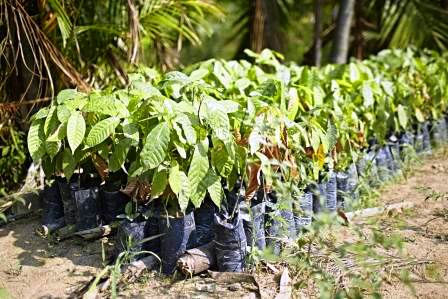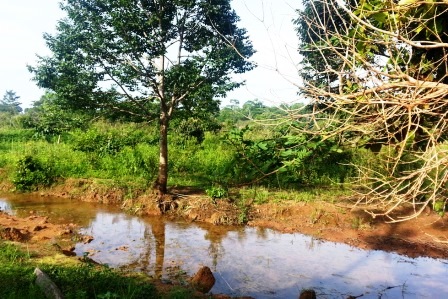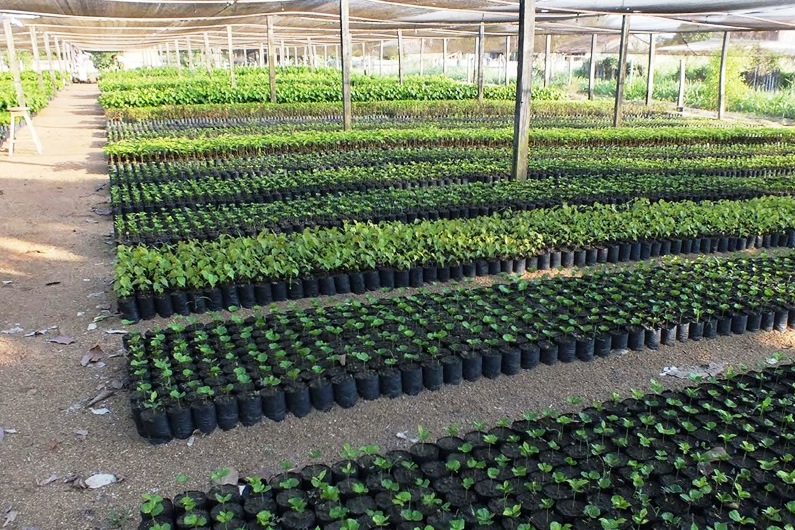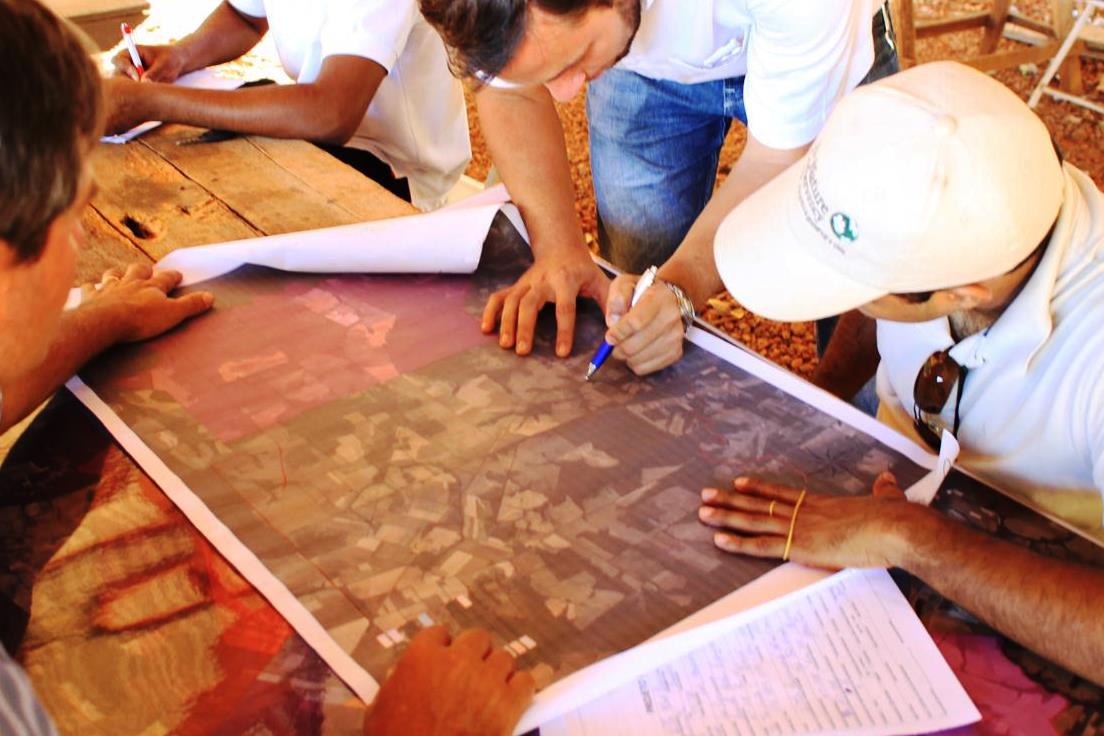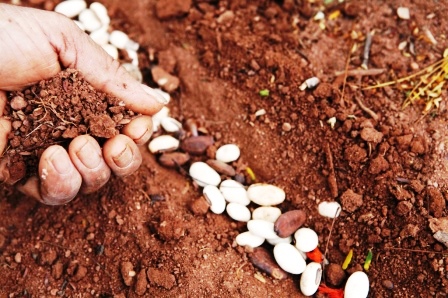Result and impact indicators
The project activities contributed to the results related to the “Sustainable Production” (1) and “Science, Innovation, and Economic Instruments” component (4) of the Amazon Fund Logical Framework.
The following are the results of some agreed indicators to monitor the predicted direct effects.
Direct effect 1.3 - Managerial and technical capacities of the settlers and visitors of the expanded training center for the sustainable use of the biodiversity of the Amazon Biome:
- Number of courses taken (output indicator)
Target: 5 | Result achieved: 6
The project achieved its goal of conducting courses at the CTA, with training in seed collection, botanical identification, management of SAFs, and the agroecological poultry breeding. It is interesting to note that the infrastructure implemented allowed several other courses and activities financed by other Musa projects and partners to be carried out.
- Number of trained individuals (output indicator)
Target: 80 | Result achieved: 305
With the creation of adequate infrastructure, the CTA carried out several courses and other training activities. The public participating in these activities comprised 17 settlers from the Água Branca settlement itself, 38 individuals from other nearby settlements, and 250 from various origins.
This number of trained people resulted from the use of the CTA by other Musa projects and initiatives, which was an externality of the project since initially the creation of the training center had the population of the Água Branca settlement as its target audience. Expansion of the use of CTA for other training in the agroforestry theme is very positive.
Direct effect 4.1 – Knowledge about the Amazon Biome disseminated to raise the population’s awareness of the socio-environmental theme and to promote regional tourism:
- Annual number of visitors received by Musa (outcome indicator)
Target: 31,200 | Result achieved: 37,700
Visitor measurements were counted based on estimation and began to be measured in 2013, when 15,600 visitors were counted. Since then, the number has evolved positively until reaching 37,700 visitors in 2017. In addition to increasing the number of visitors, an important milestone in the evolution of Musa’s sustainability was the start of collecting tickets as of the end of 2014.
Institutional and administrative aspects
The main partnerships that enabled the creation of Musa were established with the following agencies: (i) Federal Government, with the assignment of 100 ha for 15 years on the margins of the Ducke Reserve in Manaus; (ii) Incra, with the assignment of a 30 ha area for the creation of the CTA; and (iii) the University of the State of Amazonas
(UEA), which paid for infrastructure expenses, administrative staff, and preparation of the first exhibitions and visitation sites.
After the initial structuring provided by the project, Musa also obtained resources from the Research Support Foundation of the State of Amazonas (Fapeam), from the National Council for Scientific and Technological Development (CNPq), and from private companies through incentives from the Rouanet Law, which allowed assembly of the Peixe e Gente e Aturás – Mandiocas – Beijus exhibitions. Another partner in projects at CTA was the Itaú-Unibanco Ecochange Program in partnership with the Ekos Brasil Institute.
Risks and lessons learned
At the beginning of the project, the amounts presented by the construction companies for the works exceeded those originally planned. It took extensive searching to find amounts compatible with the budgets, especially for the observation tower. There were adjustments to reduce the cost of the tower and the raw material was purchased
directly to enable its construction.
Throughout the project, rainy periods caused delays in the execution of the works since working conditions made it impossible to operate machinery and equipment. These periods also impacted the pace of CTA´s activities, whose access was affected by poor road conditions.
There were also delays in the construction of the tower and other Musa structures, which made it impossible to start activities on the scheduled date, negatively impacting the cost of the museum’s activities.
The cost of museums is a permanent challenge for the sector. At the beginning of its activities, Musa did not have a stable source of funding. As a result, supplementation of resources from the Amazon Fund for the project was approved, which was able to fund the museum’s activities until its full operation, when ticket fees strengthened its cash flow.
Sustainability of results
The revenue from charging visitors to see Musa now has significant portion on the institution’s balance sheet. The number of visitors increased progressively from 37,700 visitors in 2017 to 68,800 visitors in 2019.
The increase in visits was accompanied by an increase in collection, with an increase of 165% in revenue in the same period (between 2017 and 2019), considering both the collection with inflows and other inflows of resources.
After the end of the project, investments continued to be made in improving the museum’s infrastructure. Among other aspects, they included the opening of a new trail and an increase in existing trails, expansion of the Orchidarium, construction of the surroundings of Vitórias-Régias Lake (Victoria amazonica), creation of the Sensory Trail, renovations on the serpentarium, the fungarium, and the butterfly sanctuary.
The Covid-19 pandemic impacted Musa’s activities in 2020 since the museum did not receive visitors and, consequently, did not obtain revenue from tickets for about three months. In 2021, although it remained closed at the beginning of the year, the museum found ways to reduce costs and increase its visitation and revenue, with the opening of the “Passado Presente – Dinos e Sauros da Amazônia” exhibit.
Musa won the Travellers’ Choice 2021 award from the Tripadvisor travel website,¹ which is relevant qualitative information, in addition to being top three in the rank of tourist attractions in Manaus, second only to Teatro Amazonas and “Meeting of the Waters,”² according to the classification of the travelers themselves registered on this travel platform. Thus, Musa contributes to increasing the length of stay of tourists in the city and, consequently, to greater income generation and tax collection in the state of Amazonas.
¹ Available at: https://www.tripadvisor.com.br/Attraction_Review-g303235-d2364476-Reviews-Museu_da_Amazonia_MUSA-Manaus_Amazon_River_State_of_Amazonas.html.
² Available at: https://www.tripadvisor.com.br/Attractions-g303235-Activities-a_allAttractions.true-Manaus_Amazon_River_State_of_Amazonas.html.



